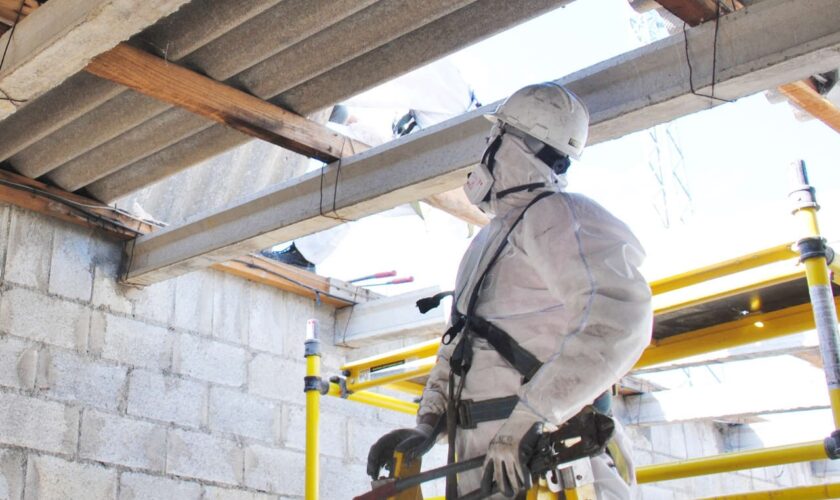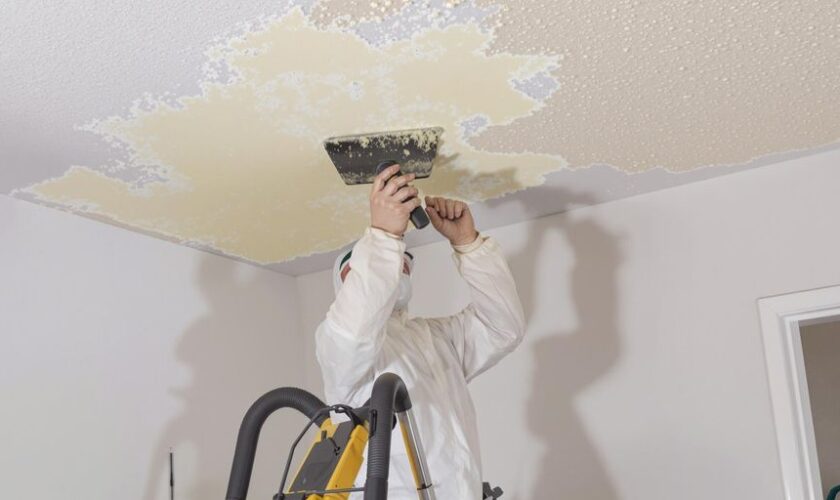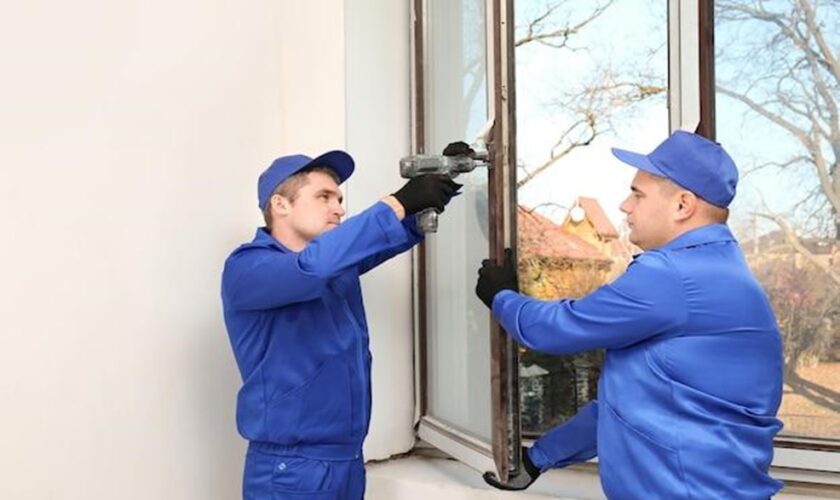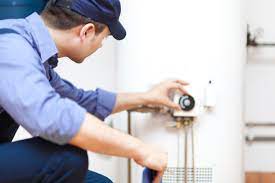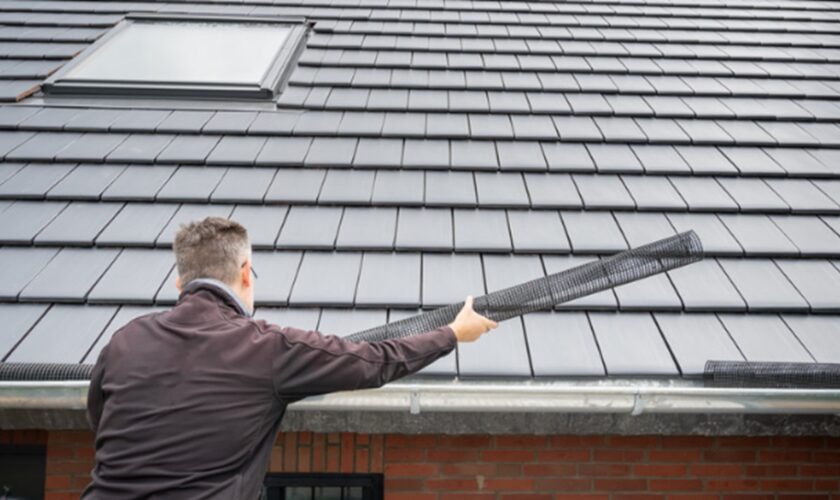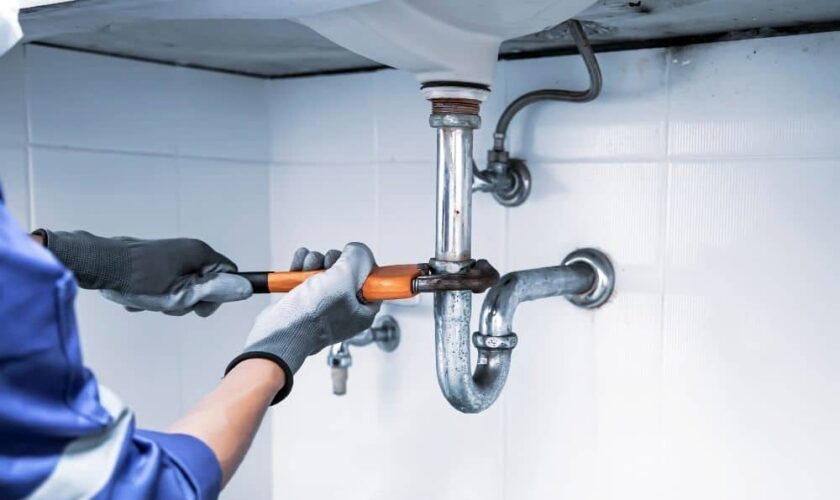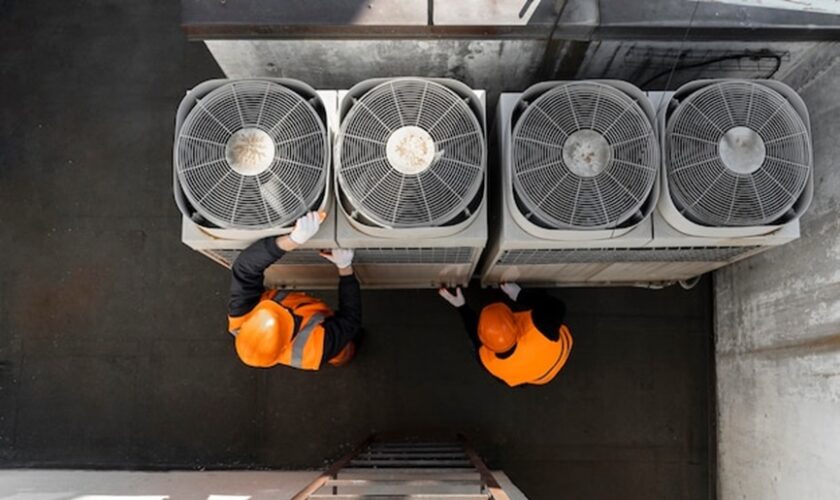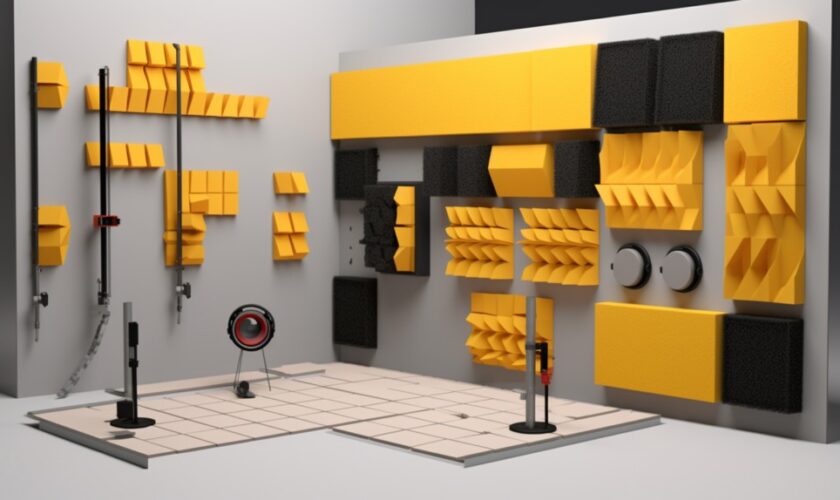Your roof is one of the most critical parts of your home. When it starts to show signs of wear, deciding between a DIY approach and hiring a professional can be tricky. For homeowners in need of roofing repair in Dayton, understanding the benefits and drawbacks of both options is essential. Let’s look at factors that can help you choose the best route.
When to Consider DIY Roof Repair
Tackling roof repair on your own can be appealing, especially if you’re confident in your skills and looking to save money. Here are some situations where DIY might make sense:
Minor Repairs
If the damage is small, like replacing a few shingles or fixing a minor leak, a DIY repair can save time and money. With the right tools and a few online tutorials, many homeowners can manage such tasks effectively.
Cost and Accessibility
DIY repairs may cost less upfront, as you’ll only need to buy the materials and equipment. If you already have a ladder, safety gear, and basic knowledge of repairs, this option might work for you. However, consider factors beyond expense, such as long-term durability and safety.
Personal Experience
If you’ve worked on roof repairs before, managing small fixes may be within your skill set. However, if you’re new to roofing, the potential risks might outweigh the savings. Keep in mind that mistakes can lead to costlier repairs down the road.
The Benefits of Hiring a Professional
When it comes to significant damage or complex repairs, hiring a professional is often the wisest choice. Here’s why:
Expertise and Safety
Roofing professionals have the skills, training, and experience to handle intricate repairs safely and efficiently. They’re equipped to assess the full scope of damage, even issues that may not be visible at first. Plus, they have proper insurance in case of an accident, which is an important consideration. You can learn more about why hiring a licensed and insured contractor matters through this article on the importance of hiring a licensed and insured roof contractor.
Long-Term Assurance
Professionals not only solve the problem at hand but also provide warranties for their work, ensuring peace of mind. They use high-quality materials and advanced techniques, giving you a durable and reliable roof. Additionally, professional repairs often boost property value—a crucial factor if you’re considering selling your home.
Saving Time
Roof repairs can be time-consuming, especially if you’re unfamiliar with the process. By hiring a professional, you save yourself hours of labor and focus on other tasks while the experts handle your roof.
Making the Right Decision
Choosing between DIY and professional roof repair ultimately comes down to the scope of the damage, your skill level, and your comfort with potential risks. Smaller repairs might be doable on your own, while complex issues call for experienced hands.
When deciding, don’t just think about the immediate costs—consider the long-term impact on your roof and home. For even more advice on improving your home’s outdoor areas, you might consider these top tips on how to choose a patio cover for your space to enhance functionality and style.
Conclusion
Maintaining a safe and secure roof is essential for the integrity of your home. While a DIY approach can be practical for minor fixes, professional help is crucial for more significant repairs. Take the time to assess your roof’s condition, weigh your options, and choose the path that best suits your needs. No matter which route you take, ensuring a durable, well-maintained roof should always be your top priority.

